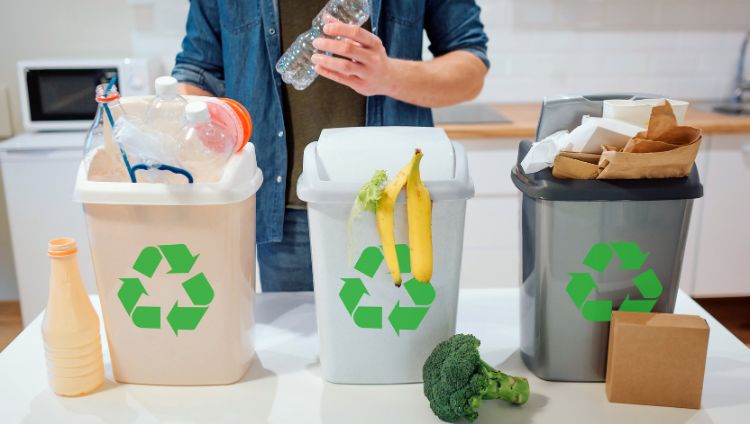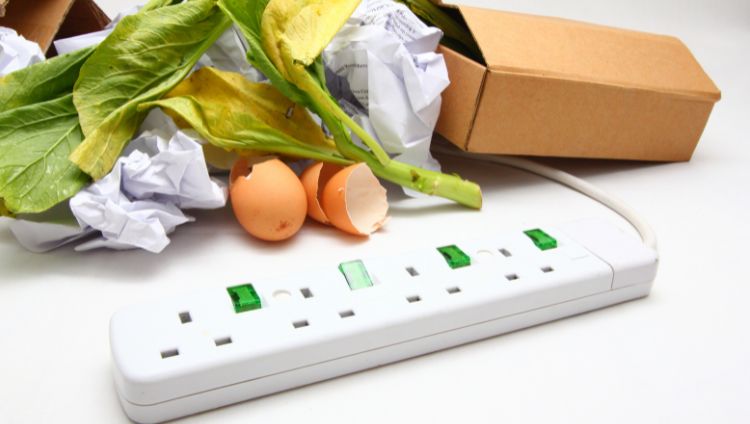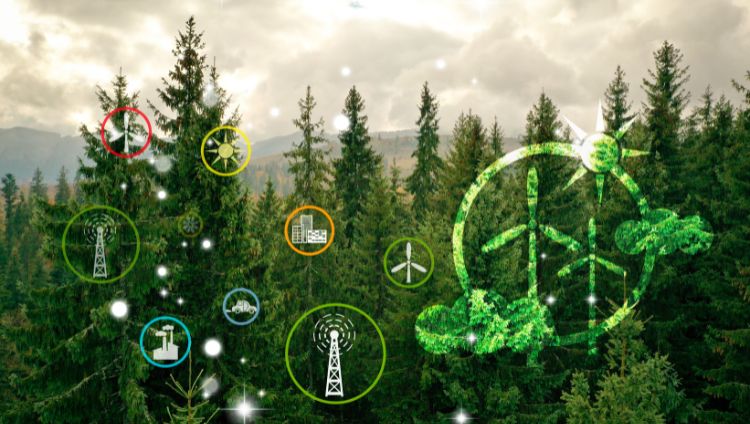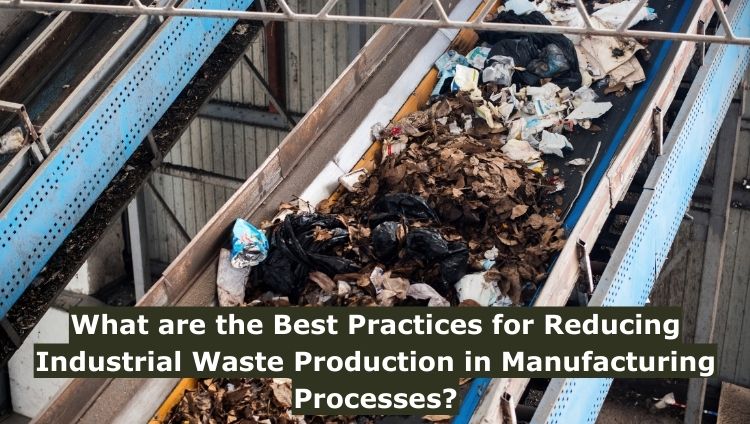Factories and manufacturing have long been key contributors to waste, creating a serious challenge. The consequences of this issue go beyond financial concerns for businesses, significantly affecting both the environment and public health.
In response to this urgent problem, many factories and manufacturing facilities are now exploring more sustainable strategies to minimize waste.
This article will examine the best practices for reducing industrial waste in manufacturing processes, which are essential for aligning production with environmental protection and safeguarding public health.
Establishing a Responsible Team
A key strategic approach is to create a “green team” consisting of members from different departments within the organization.
This committed team is tasked with generating ideas, promoting eco-friendly behaviors among employees, and carefully tracking and reporting progress.
This collaborative approach encourages shared responsibility, aligns efforts, and boosts the chances of success.

Minimizing Packaging
A highly effective way to reduce industrial waste production in manufacturing is through minimalist packaging practices. By redesigning product packaging to use fewer materials, manufacturers can significantly reduce waste.
Additionally, using materials that are recyclable or naturally biodegradable further enhances environmental sustainability.
Resourceful Material Management
Effective material management is essential for reducing waste in manufacturing. This involves careful selection of materials, accuracy in cutting and shaping, and the use of resource-efficient nesting methods to maximize material use. For more on improving waste reduction processes, see our article on How to Reduce Waste in Your Daily Life.
Additionally, recycling and reusing materials whenever possible not only helps reduce waste but also lessens the need for new resources.
Pollution Prevention
Preventing pollution within manufacturing processes is imperative for curtailing the release of hazardous substances into the environment.
The adoption of advanced equipment and technologies can lead to reduced emissions of toxic materials.
The integration of effective pollution control systems, such as scrubbers and filters, serves to further mitigate air and water pollution.
For more on effective strategies for reducing pollution, refer to Reducing Industrial Waste Production in Manufacturing Processes.
Waste Segregation and Recycling
Properly separating waste at its source and maximizing recycling opportunities are vital for effective waste management.
Implementing clear protocols for sorting and disposing of waste in industrial settings ensures that recyclable materials are efficiently collected and processed.
By adopting these practices, we reduce landfill waste and conserve valuable resources for the future. To learn more about waste segregation, check out our article on How to Handle Waste Segregation Effectively.
Related Post: What does Waste Management do with Recycling?

Energy Efficiency
Energy consumption in manufacturing is inherently linked to waste generation. By implementing energy-efficient practices—such as optimizing equipment performance, utilizing energy-saving technologies, and maintaining regular upkeep—manufacturers can reduce energy waste and lower greenhouse gas emissions.
Learn more about how manufacturers can optimize energy usage by reading How to Optimize Recycling Processes Within Your Organization.
Process Optimization
Thorough analysis and optimization of reduce industrial waste production in manufacturing. This involves addressing inefficiencies, streamlining redundant steps, and incorporating automation to enhance precision and reduce human error. As a result, process improvements often decrease raw material consumption and minimize waste generation.
Waste-to-Energy Conversion
In some cases, waste-to-energy technologies can transform industrial waste into valuable energy resources, such as electricity or heat. This approach not only reduces waste volume and disposal costs but also generates extra energy that can be utilized in manufacturing processes.

Employee Training and Engagement
Having skilled and dedicated workers is super important for making waste reduction plans work well.
Teaching employees all about handling waste and being eco-friendly helps them really get why it’s important to cut down on waste.
And when a company encourages its staff to share smart ideas, it often leads to clever ways to deal with waste, making the whole waste management process better and more sustainable for everyone.
Environmental Management Systems (EMS)
The adoption of comprehensive environmental management systems, such as ISO 14001, provides organizations with a structured approach to environmental stewardship.
These systems establish a framework for continuous monitoring, control, and enhancement of environmental performance, including waste reduction endeavors.

Frequently Asked Question:
Why do life cycle assessments matter for reducing waste in manufacturing?
Life cycle assessments are like environmental detectives. They investigate a product’s whole life, from when it’s born to when it’s thrown away.
Manufacturers use this info to make better choices about what they use to make things, how they design products, and how they create them. This makes it easier to create less waste.
What can technology and machines do to help reduce waste in manufacturing?
Technology and machines are like the superheroes of the manufacturing world. They can make things super precise, reduce mistakes, and use resources more wisely.
Automated systems are like sidekicks that help manufacturing run smoother, creating less waste and saving money.
How can manufacturers make sure they keep reducing waste for a long time?
To keep reducing waste over the long haul, manufacturers need to keep their eyes on the prize. They train their employees, check their progress regularly, and always look for ways to get even better.
They also need to make waste reduction a part of their company’s DNA and plan for a greener future.
Are there some industries or types of manufacturing that have a tough time reducing waste, and how can they tackle this challenge?
Some industries, like heavy manufacturing or chemicals, face special waste challenges because of the way they work.
They can deal with these challenges by using unique waste-busting techniques, advanced recycling methods, and working closely with government agencies to find answers.
What new and clever ways are emerging in manufacturing to cut down on waste?
Manufacturers are getting creative! They’re using 3D printing to make less waste, creating “closed-loop” systems that recycle products when they’re done, and diving into “circular economy” ideas that are all about reusing, repairing, and making things again.
How can manufacturers join forces with their local community and green groups to reduce industrial waste production in manufacturing?
Manufacturers can team up with their neighbors and environmental champions by getting in touch with people, helping out at eco-events, or giving some financial support.
Working together spreads the word and makes the mission of reducing waste even stronger.
What’s the downside if manufacturers don’t make reducing waste a top priority?
If manufacturers don’t put reducing waste first, they might end up spending more money, breaking the rules, hurting their image, and damaging the environment. This can also harm the folks and animals living close by, which isn’t good for anyone.


